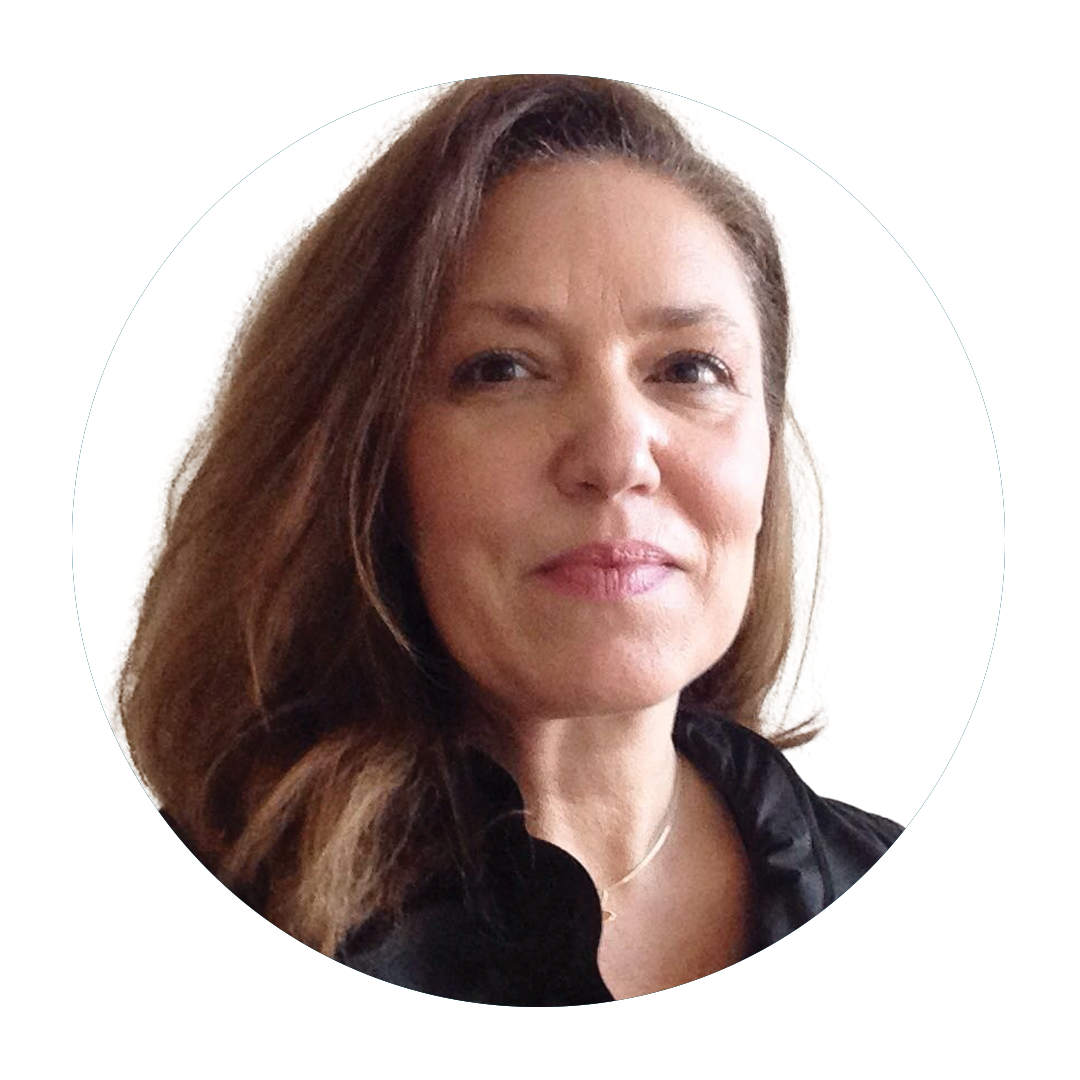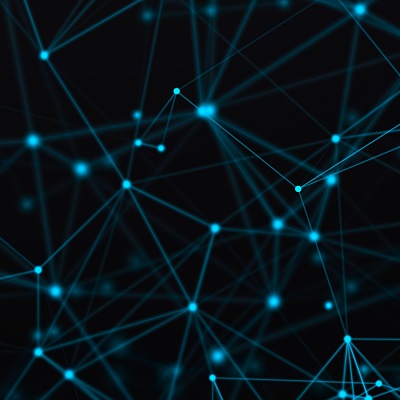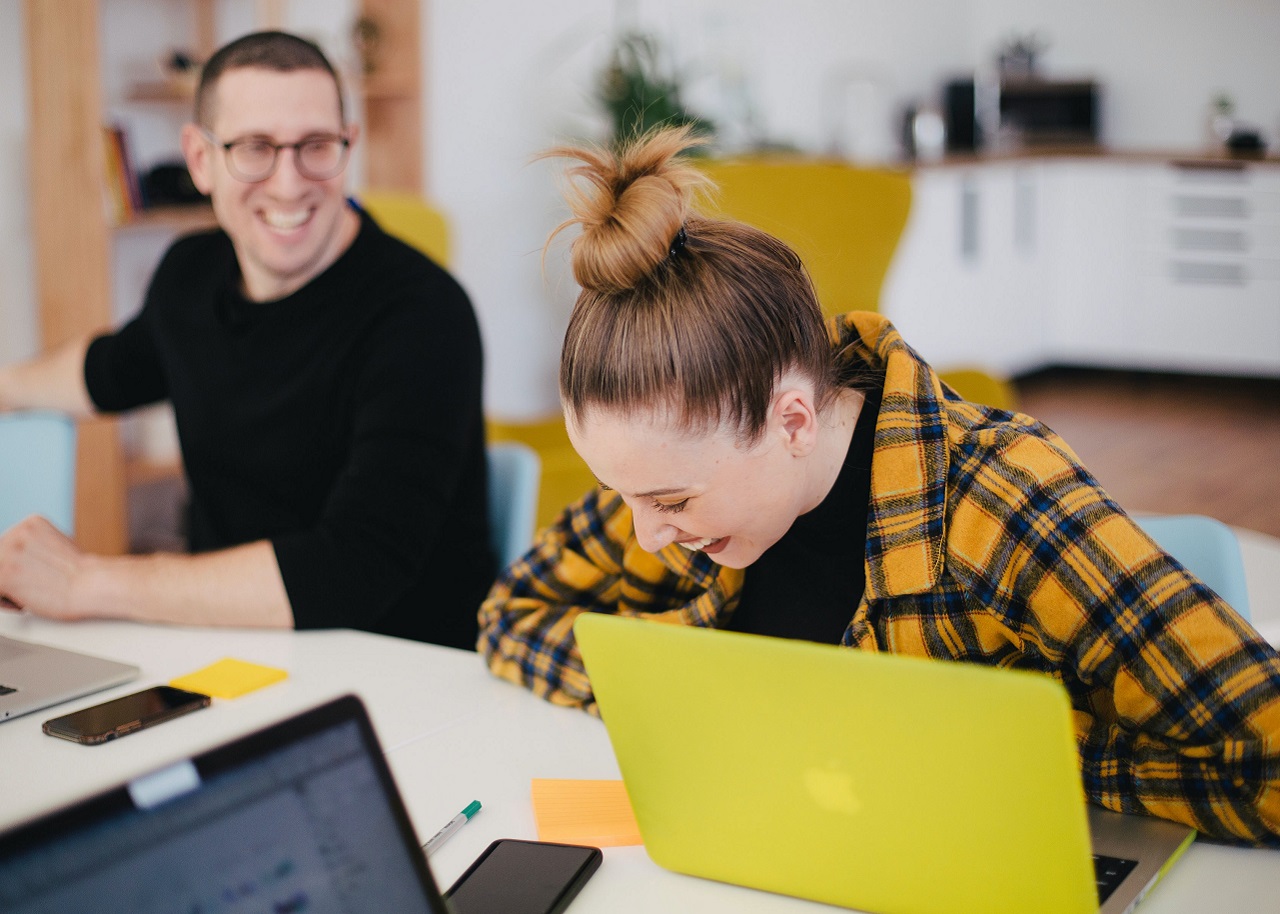The Strength of Diversity, the Value of Connections
A community of practice to accelerate the innovation of technological roadmaps

Ain Zara Consorti
Technology & Innovation ManagerSpeed, proximity to business, management, and decision-making autonomy and excellence are the features of the companies that make up Dedagroup, an organization with a decentralized business model whose DNA is based on Software and Solutions as a Service in support of digitalization.
Yet, if a group's value is always greater than the sum of its parts, this value may be further increased by focusing on the connections between its various components. That creates transversal opportunities beyond organizational charts and hierarchies, beyond the silos that may form sooner or later, as inevitably occurs within organizations.
Our commitment is to do more than connect the dots, including within our organization, seeking to create connections that speed up value creation.
Accelerating innovation by learning from one another, wherever we are
Speeding up the innovation of our software asset roadmaps through the sharing and differentiated adoption of best practices. With this goal in mind, at the end of 2020, we formed a virtual community of practice that brings together those in charge of the leading software assets and cloud services of our Group's software factories.
Dedagroup is now an aggregation hub with a diversified skillset that continues to grow around a shared entrepreneurial vision designed to leverage the differences and excellence of all member companies.
In this context, the various working groups, including tech, focus on their own goals, challenges, technologies, and business areas. We act as a cross-border element to collectively enhance the Group's technological strategy within individual team autonomy.
Collaborating regardless of the physical location: a virtual roundtable

We called this initiative the Dedagroup Technology Table. Still, in light of the period when we set it up, we have never sat down around an actual table or in a physical location.
We meet regularly with our colleagues from participating companies (Dedagroup Stealth, Dedagroup Business Solutions, Deda Next, Dedagroup International, Deda Cloud, Piteco, RAD, Myrios, and Dedagroup) in a fully-remote mode in the Group's digital workplace, interacting as necessary in virtual environments via visual collaboration — a method that we will continue to adopt, given that we are spread throughout various cities in Italy, and that it is by now a part of our agile working experience.
Learning from one another: a contribution model
Our teams use languages, methodological approaches, and architectural patterns that may sometimes differ from one another. They travel at different innovation speeds and plan their roadmaps independently, pursuing the goal of satisfying the needs of customers from different markets and with diverse digital maturity levels (Fashion, Financial Services, and Public Services). However, the technological challenges we face are often the same within this complex puzzle. Depending on the solution adopted — which may be pioneering in nature — one team may obtain helpful suggestions from another. This prevents us from wasting energy solving the same problem twice, just as specific technical follow-up inquiries serve as an opportunity to hold vertical-themed roundtables extended to a larger number of colleagues.
Over the months of work, the issues considered included strictly architectural and methodological matters, as well as broader issues that are part of the world of software assets and teams: from tools in support of software development to experimentation with innovative learning methods in support of the constant need for upskilling among those who work in digital. This year, the Head of the Digital Infrastructure Team also joined the community to facilitate the creation of Group synergies between those who create customer solutions and those who manage the Company's digital workplace. In the long term, this synergy may lead to the transversal adoption and management of tools in support of software development and permit an economy of scale (in terms of operating costs), alongside the sharing of tips and tricks of use.
Innovating according to different approaches: innovation cells
The Technology Roundtable experience continues while keeping its nature as a community of practice open to welcoming new companies into the Group. This initiative is part of the innovation model accompanying Dedagroup's growth strategy for many years, evolving as it changes.
Now, within such a diverse organization, this model has taken on a distributed approach to innovation, in which each Company in the hub is an independent innovation cell but part of the same organism: cells that guide and implement short- and medium-term innovation of products, solutions, and services to speed the digital transformation of the market.
Within this framework, the Technology Roundtable, which is the expression of part of these innovation cells, forms an internal ecosystem initiative across the Group, interconnecting the various experiences and facilitating a virtuous cycle in which innovation generates innovation.



